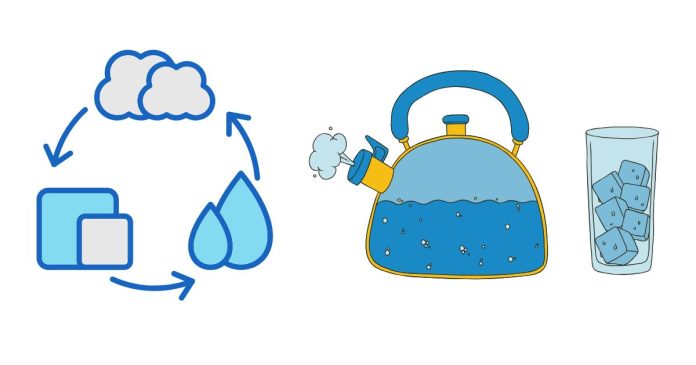Which State of Matter Can Be Compressed?
Have you ever wondered which state of matter can be compressed? Understanding this concept is crucial in fields ranging from engineering to physics. Let’s dive into the details.
The States of Matter
Matter exists in four primary states: solid, liquid, gas, and plasma. Each state has unique properties that determine how it responds to external forces like compression.
Gases: The Compressible State
Out of these four states, gases are the most compressible. This is because the particles in a gas are widely spaced and move freely. When pressure is applied to a gas, the particles are forced closer together, reducing the volume it occupies. This property is why gases are used in applications like air compressors, pressurized tanks, and pneumatic systems.
Why Aren’t Solids and Liquids Easily Compressed?
- Solids: The particles in a solid are tightly packed in a fixed structure, leaving little to no room for compression.
- Liquids: While liquids have more space between particles compared to solids, they are still relatively incompressible because their particles are closely associated.
Applications of Compressible Gases
The ability to compress gases has practical uses in many industries:
- Transportation: Compressed natural gas (CNG) powers vehicles.
- Medicine: Oxygen tanks for patients rely on compressed oxygen gas.
- Manufacturing: Pneumatic tools use compressed air to function.
Among the states of matter, gases are the only ones that can be significantly compressed due to the large spaces between their particles. This unique property makes gases incredibly useful across various fields. Next time you use a spray can or ride in a car powered by CNG, you’ll know why gases are so special!


